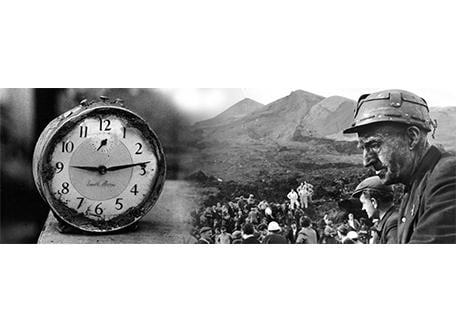Today we remember Aberfan, the terrible tragedy that shocked the country and galvanized the political will to transform the UK’s approach to workplace health and safety. On 21st October 1966, a mountain of slurry and coal waste engulfed Pantglas junior school in Aberfan, claiming the lives of 116 children and 28 adults. The investigating tribunal opened in November 1966 and sat for 76 days — then the longest-running tribunal in British history. The published report left no room for doubt about what had caused the disaster and where the blame lay:
“The Aberfan Disaster is a terrifying tale of bungling ineptitude by many men charged with tasks for which they were totally unfitted, of failure to heed clear warnings, and of total lack of direction from above.
“Blame for the disaster rests upon the National Coal Board [NCB]. This is shared, though in varying degrees, among the NCB headquarters, the South Western Divisional Board, and certain individuals … The legal liability of the NCB to pay compensation of the personal injuries, fatal or otherwise, and damage to property, is incontestable and uncontested,” the report said. Despite this neither NCB chairman Lord Robens nor any of the individuals blamed in the report lost their jobs. Robens’ offer of resignation was refused by the then minister for power, Richard Marsh, and nobody was prosecuted.

The report also made a series of recommendations introducing new codes of practice and a more powerful inspectorate to govern Mine and Quarry safety. In a decision described as “beyond satire”, Barbara Castle, then first secretary of state, in 1969 appointed Lord Robens to chair a committee to review health and safety law — the committee whose report led directly to the Health and Safety at Work Act 1974. Fifty years on, the Act remains the cornerstone of modern Health and Safety practice. Since the its introduction recorded workplace fatalities have dropped from 2000 plus to under 500 a year – an enduring legacy of a terrible tragedy.